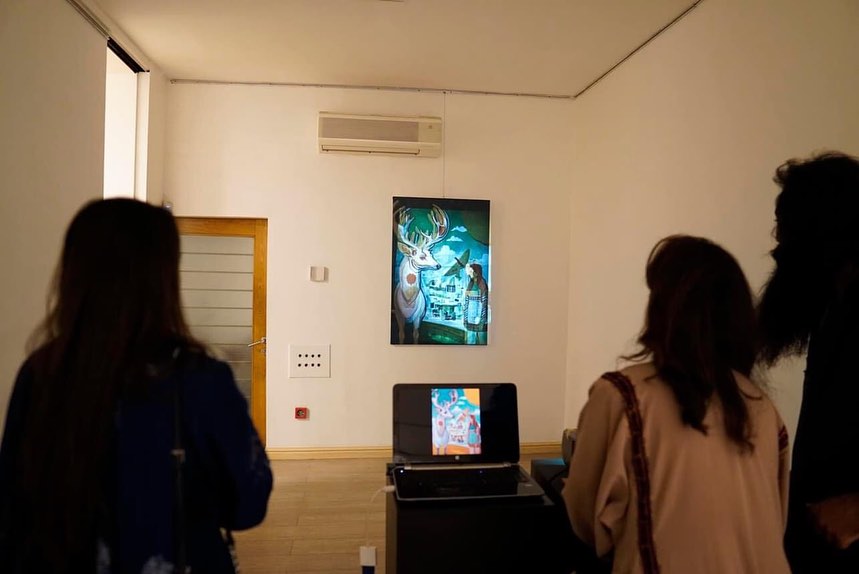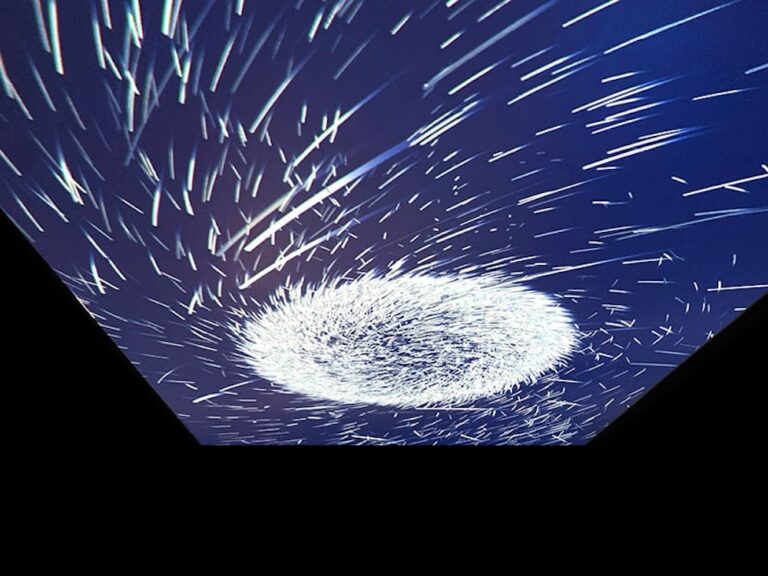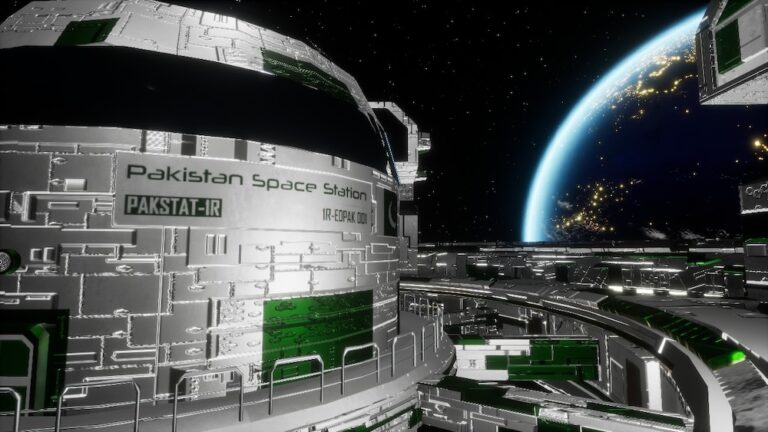
In the vast and ever-evolving landscape of artistic expression, contemporary art stands as a vibrant testament to the spirit of our times. Its history is a captivating journey that intertwines with the socio-political, cultural, and technological shifts of the modern era, reflecting the human experience in its myriad forms. From the avant-garde movements of the early 20th century to the digital revolution of the 21st century, contemporary art continues to push boundaries, challenge perceptions, and ignite conversations that resonate deeply with our present reality.
The roots of contemporary art can be traced back to the late 19th and early 20th centuries, a period marked by profound societal upheaval and artistic experimentation. The birth of movements such as Cubism, Surrealism, and Abstract Expressionism shattered traditional artistic conventions, offering radical new ways of seeing and interpreting the world. Artists like Pablo Picasso, Salvador Dalí, and Jackson Pollock paved the way for a paradigm shift in artistic expression, emphasizing subjective experience and emotional truth over representational accuracy.
As the 20th century unfolded, contemporary art continued to evolve in response to the changing tides of history. The rise of Pop Art in the 1950s and 60s, with luminaries like Andy Warhol and Roy Lichtenstein, blurred the boundaries between high and low culture, elevating everyday objects and images to the realm of fine art. Conceptual art challenged the very notion of what constitutes an artwork, emphasizing ideas and concepts over traditional aesthetic concerns. Performance art, installation art, and multimedia experimentation further expanded the possibilities of artistic expression, engaging viewers in immersive and thought-provoking experiences.
The turn of the millennium brought about a new chapter in the history of contemporary art, characterized by globalization, technological innovation, and the democratization of creativity. The internet emerged as a powerful tool for artists to connect, collaborate, and share their work with audiences around the globe. Social media platforms provided unprecedented visibility and accessibility, allowing artists to bypass traditional gatekeepers and cultivate their own communities of supporters.
In the present day, contemporary art continues to serve as a vital mirror to our society, reflecting its complexities, contradictions, and aspirations. Artists explore pressing issues such as identity, inequality, climate change, and the impact of technology on our lives, offering poignant insights and inciting meaningful dialogue. Through diverse mediums and approaches, they challenge prevailing narratives, provoke critical reflection, and advocate for social change.
In a world inundated with information and stimuli, contemporary art serves as a beacon of authenticity and human connection. It invites us to slow down, contemplate, and engage with our surroundings on a deeper level. Whether through a painting, a sculpture, a performance, or an interactive installation, it has the power to evoke emotions, spark imagination, and forge connections across boundaries of time, space, and culture.
One such platform that celebrates the richness and diversity of contemporary art is the Ejaz Art Gallery. Nestled in the heart of the city, it serves as a hub for artists and art enthusiasts alike, showcasing a wide range of works by contemporary artists from around the world but primarily Pakistan. From bold abstract canvases to intricate mixed-media compositions, the gallery offers a glimpse into the vibrant tapestry of contemporary artistic expression.
In addition to its permanent collection, the Ejaz Art Gallery also hosts regular contemporary art exhibitions, providing a dynamic space for emerging and established artists to share their vision with the world. These exhibitions serve as catalysts for dialogue and exchange, fostering connections between artists, collectors, curators, and viewers. Through its commitment to innovation, diversity, and excellence, the gallery strives to uphold the legacy of contemporary art and its enduring relevance in our present time.
In conclusion, the history of contemporary art is a testament to the enduring power of creativity, imagination, and human expression. From its origins in the tumultuous currents of the 20th century to its flourishing presence in the digital age, it continues to inspire, challenge, and enrich our lives in profound ways. As we navigate the complexities of the modern world, let us embrace the transformative potential of contemporary art to illuminate, provoke, and unite us in our shared humanity.

A brilliantly curated exhibition delves into globalisation and cultural exchange themes Technology, generally linked with

Ejaz Art Gallery in Lahore recently exhibited the group show ‘Unity in Flux: The Ones

Abstract art, a genre that emphasizes non-representational forms and colors, has captivated audiences and art